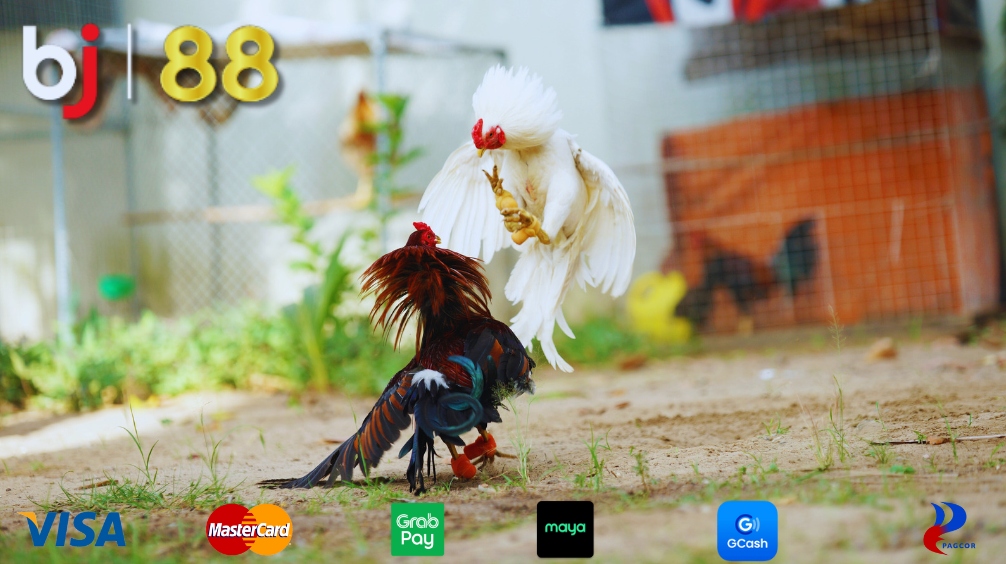The extremely contagious and potentially fatal disease known as “fowl cholera” poses a serious risk to flocks of poultry all over the world. Understanding the dangers of chicken cholera and taking precautions to protect your flock are essential for any conscientious poultry owner. We will cover all the details of fowl cholera, including its symptoms, prevention, and treatment, to provide you the knowledge you need to safeguard your feathered friends.

Our feathered buddies provide us company and provide us with eggs, meat, and other benefits from poultry farming. But the presence of infectious diseases like chicken cholera can quickly transform our lovely haven for poultry into a health emergency. The highly contagious illness known as fowl cholera, which is brought on by the bacterium Pasteurella multocida, affects a variety of domestic and wild birds, including chickens, ducks, turkeys, and game birds.
Owners of poultry must comprehend the dynamics of fowl cholera and take proactive steps to stop its spread. In this article, we’ll examine the symptoms, the spread of chicken cholera, and—most importantly—how to shield your flock from its devasting consequences.
The Danger of Fowl Cholera
Before we discuss prevention and treatment, let’s take a closer look at the dangers posed by fowl cholera:
- Highly Contagious: Fowl cholera spreads rapidly through direct contact with infected birds or contaminated equipment, feed, and water.
- Varied Symptoms: Infected birds may display a wide range of symptoms, from mild respiratory issues to acute septicemia (blood infection). This variability can make early detection challenging.
- Economic Loss: Fowl cholera can result in significant economic losses due to reduced egg production, decreased meat quality, and, in severe cases, high mortality rates within a flock.
Symptoms of Fowl Cholera
Recognizing the symptoms of fowl cholera is crucial for early intervention and containment. Common symptoms include:
- Respiratory Distress: Infected birds may exhibit sneezing, nasal discharge, and labored breathing.
- Swollen Wattles and Combs: Inflammation of the wattles and combs, which may turn purple or bluish-black, is a hallmark sign of fowl cholera.
- Lethargy: Infected birds often become lethargic, with a noticeable decrease in activity and appetite.
- Diarrhea: Watery and greenish-yellow diarrhea is another common symptom.
- Sudden Death: Fowl cholera can progress rapidly, leading to sudden death in some cases, particularly in turkeys and game birds.
Preventing Fowl Cholera
Protecting your flock from fowl cholera requires a proactive approach. Here are key measures you can take to prevent its occurrence:
1. Biosecurity
Implement stringent biosecurity measures to minimize the risk of fowl cholera introduction to your flock. This includes limiting visitor access, regularly disinfecting equipment, and providing designated footwear and clothing for farm workers.
2. Quarantine New Birds
Whenever you introduce new birds to your flock, quarantine them for at least two weeks before integration. This helps identify and isolate any potentially infected birds.
3. Hygiene and Sanitation
Maintain a clean and hygienic environment for your birds. Regularly clean and disinfect feeders, waterers, and housing facilities. Remove and properly dispose of dead birds promptly.
4. Pest Control
Pests like flies and rodents can carry the Pasteurella multocida bacterium. Implement pest control measures to reduce the risk of transmission.
5. Vaccination
Consult with a poultry veterinarian about the feasibility of vaccinating your flock against fowl cholera. Vaccination can be an effective preventive measure in areas with a history of the disease.
6. Isolation
Immediately isolate any sick birds from the rest of the flock to prevent the spread of infection. Quarantine the affected bird, and consult with a veterinarian for diagnosis and treatment.
Treating Fowl Cholera
While prevention is the best approach, it’s essential to know how to respond if fowl cholera does strike your flock. Treatment typically involves antibiotics prescribed by a veterinarian. Timely intervention is crucial to prevent the disease from spreading further and to increase the chances of recovery.
Conclusion
In the world of poultry farming, protecting your flock from fowl cholera is not just a matter of good practice; it’s a necessity. The consequences of an outbreak can be devastating, both economically and emotionally. By understanding the dangers of fowl cholera, recognizing its symptoms, and implementing proactive measures such as strict biosecurity, hygiene, and vaccination, you can significantly reduce the risk to your flock.
Remember, early detection and intervention are key to managing fowl cholera effectively. Regular monitoring of your flock’s health and seeking professional veterinary advice when needed will help safeguard your birds against this relentless and potentially deadly disease. By taking these proactive measures, you can ensure that your feathered companions live healthy and fulfilling lives, free from the threat of fowl cholera.
